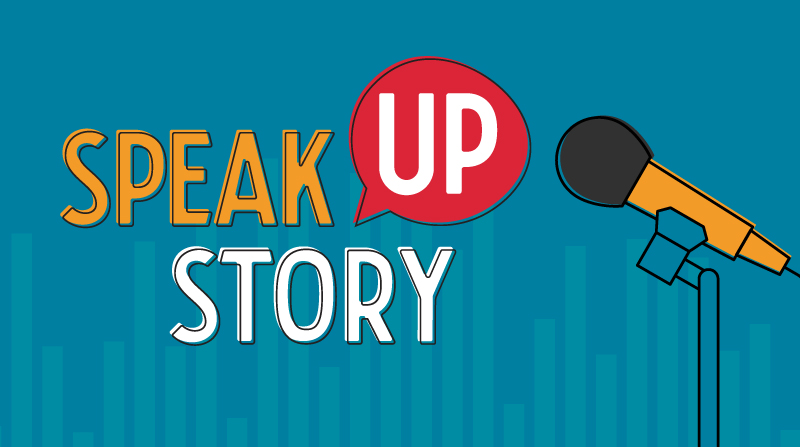HALF THE WORLD IS COMPOSED OF PEOPLE WHO HAVE SOMETHING TO SAY AND CAN’T SAY IT. THE OTHER HALF WHO HAVE NOTHING TO SAY, AND KEEP ON SAYING IT.

CONFIDENT COMMUNICATIONS: MORE THAN JUST WORDS
Surprising, right?
In confident communications, many of us worry too much about the exact words we use. We pay more attention to the specific words or facts (mechanics) instead of our main goal (intention). This happens a lot and can be a problem.
Here’s Why It Matters: Professor Albert Mehrabian’s study shows that in communication, 55% is through our body language, 38% is how we sound, and only 7% is the actual words.
🥴 Wait, what!?
Yes, only 7% of what people remember from your talk is the words. Most of it is how you use your body and voice when you communicate.
👎🏽 Bad News: You can’t fake body language and how you sound when you’re trying to be assertive. Some people think they can, but what we really mean always shows up, no matter how well we think we hide it.
🚨Spoiler Alert: Below, I share a story about when I found out I wasn’t hiding my true intentions.
👍🏽 Good News: Before you communicate in any situation (like giving a speech, having a tough talk, or writing an email), you can ask yourself three simple questions. These will help your message be clear and remembered.
MIC CHECK: THREE IMPORTANT QUESTIONS FOR CONFIDENT COMMUNICATIONS
1. What do I want my audience to think in terms of confident communication?
🧠 Another way to approach this question in assured interaction is: What do I want my audience to know? Or What do I want my audience to think differently about? This seems like a standard question, yet it’s crucial in the context of positive messaging.
🚨Pro Tip: Focusing on this helps maintain clarity and avoids unnecessary digressions in effective dialogue.
2. What do I want my audience to feel within the realm of confident communication?
❤️ Remember, communication is emotional because you are an emotional human engaging with other emotional beings. Nothing is neutral, especially in assured interaction.
A new initiative at work?
Data on last quarter’s profits?
Employee onboarding?
None of these are neutral. Being intentional about the emotions you evoke is a key aspect of confident communications.
🚨Myth Busted: Being emotional in communication doesn’t mean being melodramatic. It means being expressively intentional.
3. What do I want my audience to do as a result of confident communication?
💪🏽This is a crucial question often overlooked. Many communicators leave the action items up to the audience, which can lead to misunderstandings. Being explicit about desired actions is a cornerstone of positive messaging.
🚨Outdated Tip: The “Two Clicks and Print” rule may be old-fashioned, but the principle remains: Make it easy for your audience to act on your message in confident communications.
Mastering these three questions isn’t easy, but the more you integrate them into your approach to confident communications, the more effective your interactions will become.
Keep speaking up your story,

ENCORE: MORE TO EXPLORE

A YEAR ON YOUTUBE
Celebrate a year on my YouTube channel with the top lessons I learned about speaking, content creation, and more! Spoiler alert: I believe every professional (and even somewhat professional) speaker should be on YouTube for many reasons. Click to find out more about what those reasons are!

SPEAK UP STORY
Then, there was the time I was publicly humiliated for my public speaking skills. I want to tell you that this was a horror story from a middle school speech class or a high school competition. But this happened just a few years ago.


